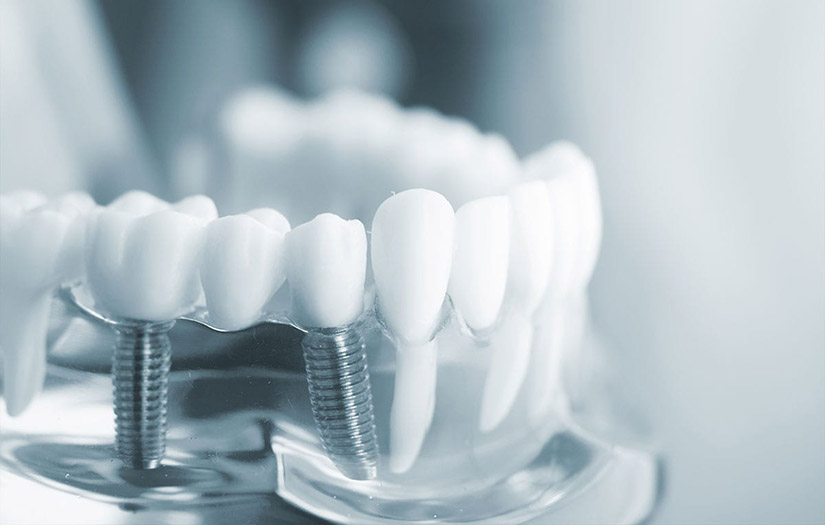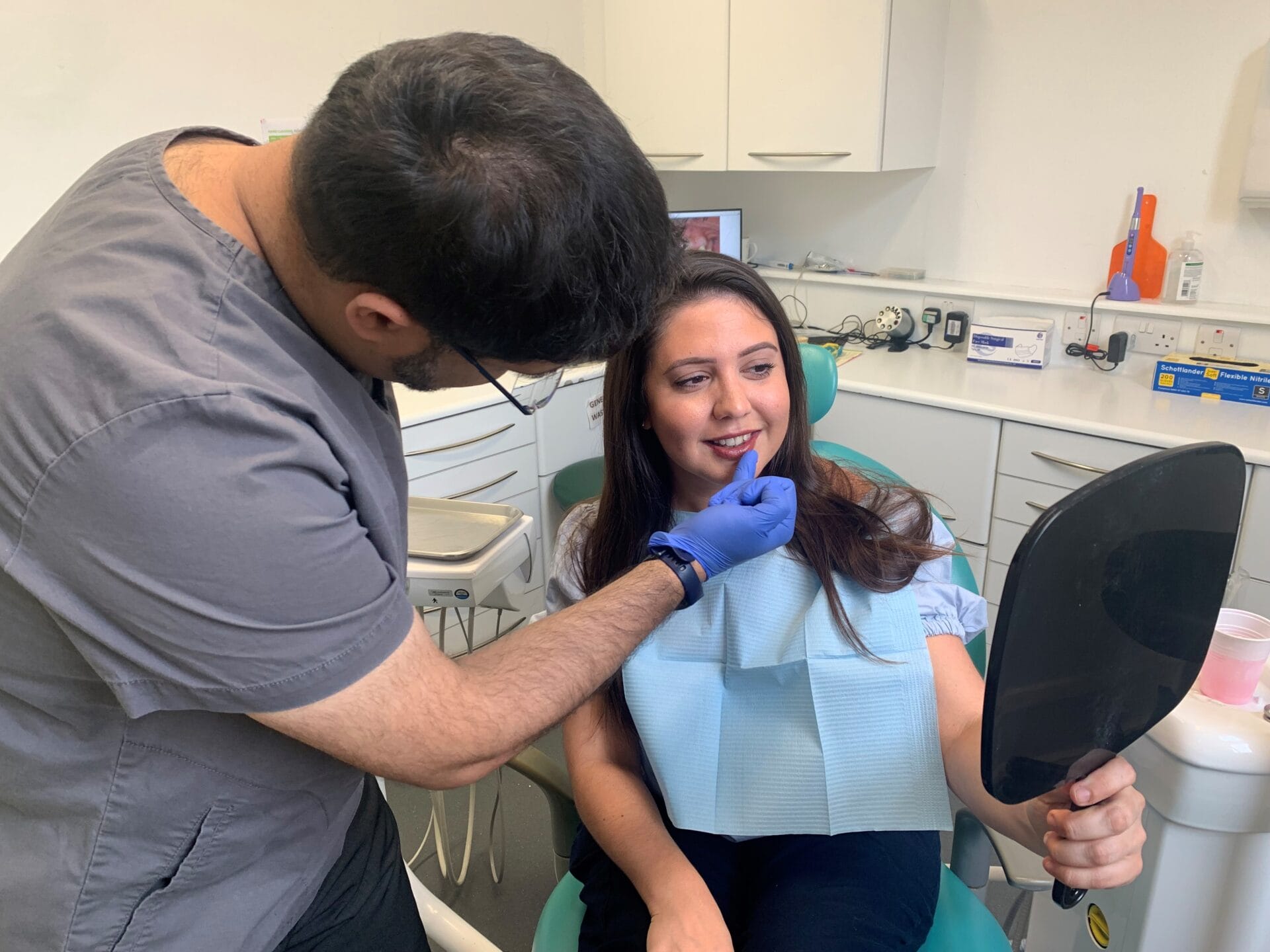Your Guide to Dental Implants Kent: Reclaim Your Dental Health
Your Guide to Dental Implants Kent: Reclaim Your Dental Health
Blog Article
Experience the most recent Technologies in Oral Implants Technology
As the area of dentistry continues to evolve, the developments in dental implant technology have actually been absolutely nothing short of impressive. The combination of modern technology is revolutionizing the performance of dental implants, guaranteeing improved end results and person fulfillment.
Advanced Materials for Enhanced Durability
In the world of oral implants modern technology, the combination of advanced materials has actually considerably added to enhancing toughness and longevity of these important oral prosthetics. The usage of products such as titanium alloys, zirconia, and ceramic substances has actually revolutionized the area by offering raised strength, resistance, and biocompatibility to deterioration.
Titanium alloys are commonly used in dental implants because of their extraordinary strength-to-weight ratio, deterioration resistance, and compatibility with the body. These alloys ensure the stability and durability of the dental implant by enduring the forces put in throughout talking and chewing, offering a trustworthy remedy for patients seeking resilient tooth replacements.
Zirconia, a sort of ceramic product, has actually gotten appeal for its biocompatibility and all-natural tooth-like look. Its high toughness and resistance to wear make it a suitable choice for dental crowns and bridges, improving the general appearances and capability of the dental implant.

Digital Imaging for Accurate Placement
The evolution of dental implants modern technology has actually additionally advanced with the integration of digital imaging techniques, ensuring specific positioning of these prosthetics for ideal functional and visual end results. Digital imaging plays a critical duty in the planning and placement of oral implants by supplying comprehensive 3D photos of the patient's jawbone framework. This innovation allows dentists to analyze bone thickness, locate essential frameworks, and plan the specific setting and angle for implant positioning with exceptional accuracy.
By making use of digital imaging, dentists can produce virtual surgical overviews that offer as a roadmap during the implant positioning procedure. These guides are customized for every individual, considering their special composition and the preferred result. This level of accuracy not only boosts the success rate of oral implant treatments however also minimizes the risk of complications.
Moreover, digital imaging allows dental experts to visualize the final prosthetic reconstruction before the real positioning of implants, enabling careful planning and making sure that the result satisfies the client's aesthetic assumptions. Generally, the integration of electronic imaging modern technology has reinvented the field of oral implants, offering clients an extra predictable, efficient, and patient-specific therapy strategy.

Minimally Invasive Surgical Methods


Developments in surgical techniques have actually resulted in the advancement of minimally invasive techniques in the field of oral implantology. These techniques intend to lower trauma to the client, shorten recuperation times, and enhance general treatment results. Minimally intrusive surgical procedures include smaller incisions, specialized tools, and progressed imaging technologies to precisely position dental implants with minimal disturbance to surrounding cells.
One key aspect of minimally intrusive strategies is the usage of directed surgery, where 3D imaging and computer-aided layout software application are employed to intend the implant positioning with excellent accuracy. This permits a much more foreseeable outcome and can typically eliminate the requirement for extensive flap surgical procedure.
Furthermore, innovations in materials and dental implant style have actually also added to the success of minimally invasive techniques. Implants with improved surface buildings promote much faster osseointegration, decreasing the recovery time required before the prosthetic reconstruction can be put.
3D Printing for Custom-made Solutions
Utilizing 3D printing innovation in oral implantology allows for the development of very customized options customized to individual client demands and anatomical variations. This sophisticated technology allows oral professionals to create and make oral implants with outstanding precision and click to find out more precision. By making use of digital imaging strategies, such as cone beam computed tomography (CBCT), comprehensive 3D designs of the person's dental cavity can be generated to lead the implant intending process.
Among the key advantages of 3D printing in dental implantology is the capability to produce patient-specific implants that perfectly fit the distinct makeup of each person. This tailored method assists enhance the general success and durability of the implant by making sure ideal fit and positioning. Furthermore, 3D printing enables for the production of complicated geometries and elaborate structures that would certainly be difficult or tough to attain making use of typical manufacturing methods.
Furthermore, 3D printing modern technology makes it possible for dental practitioners to enhance the implantation procedure, lowering surgical treatment time and boosting total person experience. With its capacity to produce personalized solutions promptly and effectively, 3D printing is changing the area of dental implantology, offering people cutting-edge therapy choices and enhanced end results.
Integrated Technology for Improved Capability
Carrying out advanced modern technology in oral implantology boosts performance and accuracy, raising the standard of treatment for individuals going through dental implant treatments. Integrated modern technology plays an important function in boosting the total success and durability of oral implants.
Moreover, the combination of computer-aided layout and computer-aided production (CAD/CAM) modern technology makes it hop over to here possible for the creation of custom dental implant restorations with remarkable precision. CAD/CAM systems utilize digital impacts to design prosthetics that completely fit the patient's special anatomy, making sure ideal convenience and functionality. Additionally, the use of robotic-assisted surgery in dental implant placement improves accuracy and minimizes the danger of human mistake.
Conclusion
Finally, the current developments in dental implants innovation offer boosted durability with sophisticated products, precise positioning with digital imaging, minimally intrusive surgical methods, tailored remedies with 3D printing, and improved performance with integrated modern technology - Dental implants Kent. These developments in oral implants technology are reinventing the field and giving individuals with more reliable and effective treatment alternatives for recovering their smiles and oral wellness
The combination of innovation is revolutionizing the performance of oral implants, guaranteeing enhanced end results and client complete satisfaction.
The development of dental implants technology has actually better advanced with the assimilation of digital imaging methods, additional reading making sure accurate positioning of these prosthetics for optimal practical and aesthetic end results. Minimally invasive surgical treatments entail smaller sized lacerations, specialized instruments, and progressed imaging innovations to exactly place oral implants with minimal interruption to surrounding tissues.
Executing sophisticated modern technology in dental implantology enhances performance and precision, boosting the criterion of care for individuals undertaking dental implant treatments. Dental implants Kent. Integrated modern technology plays a critical role in enhancing the overall success and durability of dental implants
Report this page